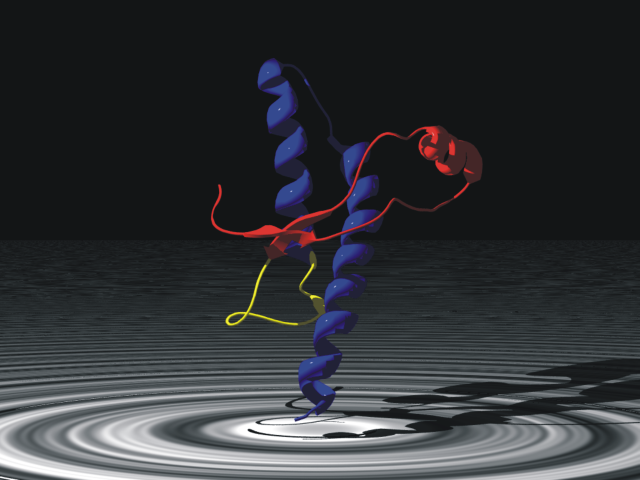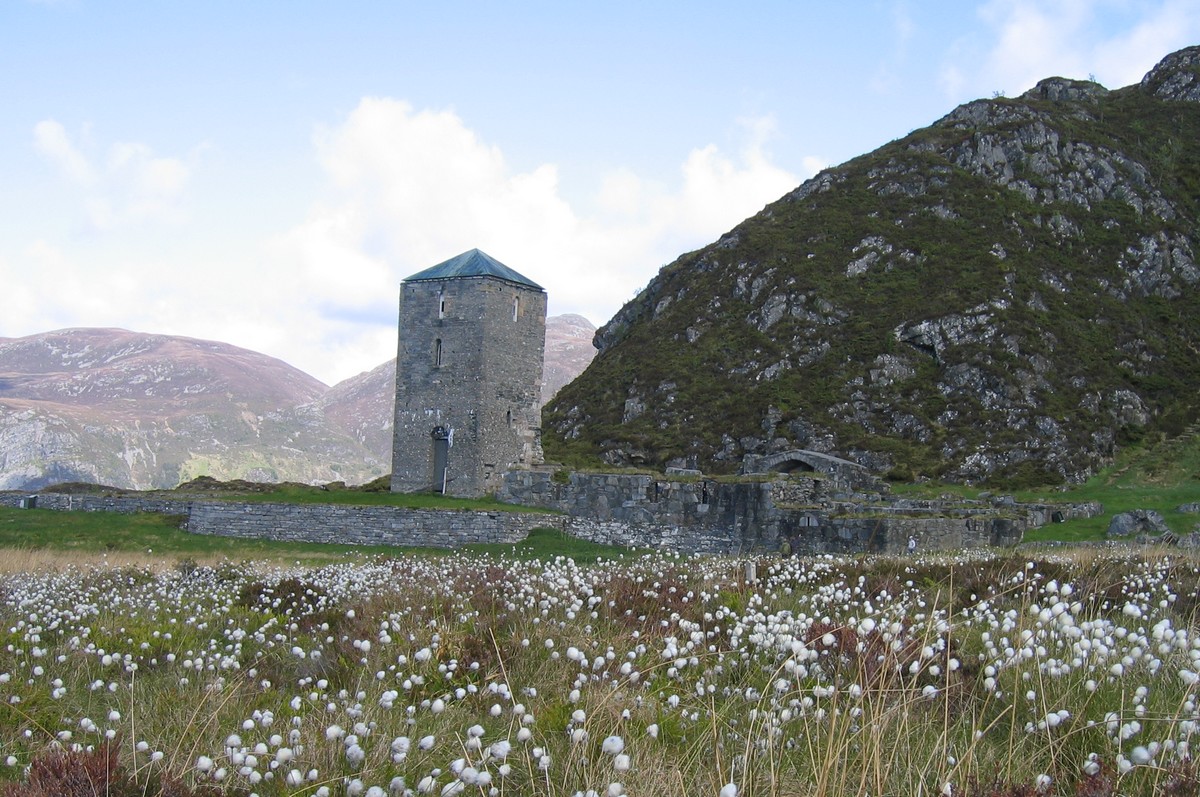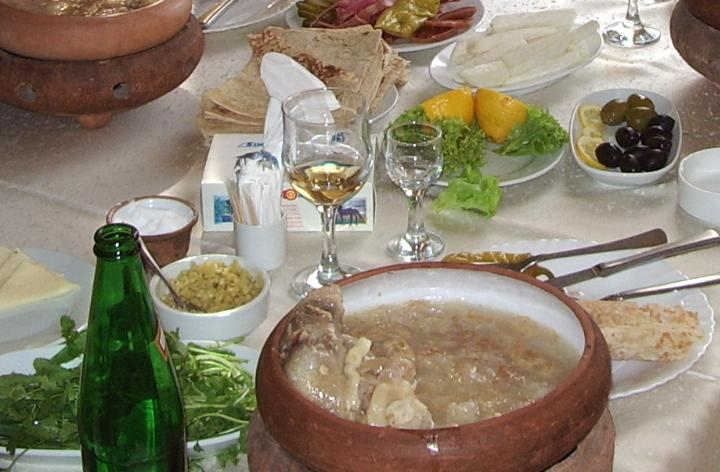|
Smalahove
''Smalahove'' (also called ''smalehovud'', ''sau(d)ehau(d)'' or ''skjelte'') is a Western Norwegian traditional dish made from a sheep's head, originally eaten before Christmas. The name of the dish comes from the combination of the Norwegian words ''hove'' and ''smale''. ''Hove'' is a dialectal form of ''hovud'', meaning "head" (''cf.'' Hǫfuð), and ''smale'' is a word for sheep, so ''smalahove'' literally means "sheep head". The skin and fleece of the head are torched, the brain removed, and the head is salted, sometimes smoked, and dried. The head is boiled or steamed for about three hours, and served with mashed rutabaga and potatoes. It is also traditionally served with akevitt. In some preparations, the brain is cooked inside the skull and then eaten with a spoon or fried. Originally, ''smalahove'' was typically eaten by the poor. Traditional consumption One serving usually consists of one half of a head. The ear and eye are normally eaten first, as they are the fattiest ... [...More Info...] [...Related Items...] OR: [Wikipedia] [Google] [Baidu] |
Norway
Norway, officially the Kingdom of Norway, is a Nordic country in Northern Europe, the mainland territory of which comprises the western and northernmost portion of the Scandinavian Peninsula. The remote Arctic island of Jan Mayen and the archipelago of Svalbard also form part of Norway. Bouvet Island, located in the Subantarctic, is a dependency of Norway; it also lays claims to the Antarctic territories of Peter I Island and Queen Maud Land. The capital and largest city in Norway is Oslo. Norway has a total area of and had a population of 5,425,270 in January 2022. The country shares a long eastern border with Sweden at a length of . It is bordered by Finland and Russia to the northeast and the Skagerrak strait to the south, on the other side of which are Denmark and the United Kingdom. Norway has an extensive coastline, facing the North Atlantic Ocean and the Barents Sea. The maritime influence dominates Norway's climate, with mild lowland temperatures on the se ... [...More Info...] [...Related Items...] OR: [Wikipedia] [Google] [Baidu] |
Scrapie
Scrapie () is a fatal, degenerative disease affecting the nervous systems of sheep and goats. It is one of several transmissible spongiform encephalopathies (TSEs), and as such it is thought to be caused by a prion. Scrapie has been known since at least 1732 and does not appear to be transmissible to humans. However, new studies suggest a link between scrapie and sporadic CJD. The name scrapie is derived from one of the clinical signs of the condition, wherein affected animals will compulsively scrape off their fleeces against rocks, trees or fences. The disease apparently causes an itching sensation in the animals. Other clinical signs include excessive lip smacking, altered gaits and convulsive collapse. Scrapie is infectious and transmissible among conspecifics, so one of the most common ways to contain it (since it is incurable) is to quarantine and kill those affected. However, scrapie tends to persist in flocks and can also arise apparently spontaneously in flocks that ... [...More Info...] [...Related Items...] OR: [Wikipedia] [Google] [Baidu] |
Rutabaga
Rutabaga (; North American English) or swede (British English and some Commonwealth English) is a root vegetable, a form of ''Brassica napus'' (which also includes rapeseed). Other names include Swedish turnip, neep (Scots), and turnip (Scottish and Canadian English, Irish English and Manx English). However, elsewhere the name "turnip" usually refers to the related white turnip. The species ''Brassica napus'' originated as a hybrid between the cabbage (''Brassica oleracea'') and the turnip (''Brassica rapa''). Rutabaga roots are eaten as human food in various ways, and the leaves can be eaten as a leaf vegetable. The roots and tops are also used for livestock, either fed directly in the winter or foraged in the field during the other seasons. Scotland, Northern and Western England, Wales, the Isle of Man and Ireland had a tradition of carving the roots into lanterns at Halloween. Etymology Rutabaga has many national and regional names. ''Rutabaga'' is the common North Am ... [...More Info...] [...Related Items...] OR: [Wikipedia] [Google] [Baidu] |
Svið
Svið (; transliterated as svid or svith) is a traditional Icelandic dish consisting of a sheep's head cut in half, singed to remove the fur, and boiled with the brain removed, sometimes cured in lactic acid. Svið originally arose at a time when people could not afford to let any part of a slaughtered animal go to waste. It is part of þorramatur, a selection of various traditional Icelandic food that is served as a buffet, particularly at the Þorrablót mid-winter festival. It is used as the basis for sviðasulta (head cheese or brawn, made from bits of svið pressed into gelatinous loaves pickled in whey). Similar dishes can also be found in other Western Nordic countries, such as smalahove in Norway and seyðarhøvd on the Faroe Islands. When eating svið, the ears are sometimes considered taboo due to the superstitious belief that when they (bearing the mark of the animal's owner) are removed, the eater will be accused of theft. It is sometimes held that if the little ... [...More Info...] [...Related Items...] OR: [Wikipedia] [Google] [Baidu] |
Western Norway
Western Norway ( nb, Vestlandet, Vest-Norge; nn, Vest-Noreg) is the region along the Atlantic coast of southern Norway. It consists of the counties Rogaland, Vestland, and Møre og Romsdal. The region has no official or political-administrative function. The region has a population of approximately 1.4 million people. The largest city is Bergen and the second-largest is Stavanger. Historically the regions of Agder, Vest-Telemark, Hallingdal, Valdres, and northern parts of Gudbrandsdal have been included in Western Norway. Western Norway, as well as other parts of historical regions of Norway, shares a common history with Denmark, the Faroe Islands and Iceland and to a lesser extent the Netherlands and Britain. For example, the Icelandic horse is a close relative of the Fjord horse and both the Faroese and Icelandic languages are based on the Old West Norse. In early Norse times, people from Western Norway became settlers at the Western Isles in the Northern Atla ... [...More Info...] [...Related Items...] OR: [Wikipedia] [Google] [Baidu] |
Powsowdie
Powsowdie is a Scottish sheep's-head broth or soup. Traditional preparation of the soup includes sheep's trotters as an ingredient. Dried peas and barley can also be used as additional ingredients. Powsowdie has been described as a speciality dish in Edinburgh, Scotland. Powsowdie is less popular and less known in contemporary times; it was more prominent during times when "all parts of an animal were used in cooking and nothing was wasted". The National Library of Scotland included powsowdie in a 2015 food history exhibition named "Lifting the lid", which was an exhibit of historic Scottish recipe books that included example dishes. Etymology "Powsowdie" has also been used as a term for "milk and meal boiled together" and as "any mixture of incongruous sorts of foods." See also * List of soups * List of lamb dishes * Scottish cuisine * Smalahove ''Smalahove'' (also called ''smalehovud'', ''sau(d)ehau(d)'' or ''skjelte'') is a Western Norwegian traditional dish made from a sh ... [...More Info...] [...Related Items...] OR: [Wikipedia] [Google] [Baidu] |
List Of Smoked Foods
This is a list of smoked foods. Smoking is the process of flavoring, cooking, or preserving food by exposing it to smoke from burning or smoldering material, most often wood. Foods have been smoked by humans throughout history. Meats and fish are the most common smoked foods, though cheeses, vegetables, and ingredients used to make beverages such as whisky, smoked beer, and ''lapsang souchong'' tea are also smoked. Smoked beverages are also included in this list. Smoked foods Beverages * Lapsang souchong a kind of tea. * Mattha - an Indian buttermilk or yogurt drink that is sometimes smoked * Smoked beer – beer with a distinctive smoke flavor imparted by using malted barley dried over an open flame''Beer'', by Michael Jackson, published 1998, pp.150-151 ** Grätzer * Suanmeitang - a Chinese smoked plum drink * Scotch Whisky Some scotch is made from grains that have been smoked over a peat fire. File:JacksonsLapsangSouchong low.jpg, Lapsang souchong tea leaves. Lapsang sou ... [...More Info...] [...Related Items...] OR: [Wikipedia] [Google] [Baidu] |
List Of Lamb Dishes
This is a list of lamb and mutton dishes and foods. Lamb and mutton are terms for the meat of domestic sheep (species ''Ovis aries'') at different ages. A sheep in its first year is called a lamb, and its meat is also called lamb. The meat of a juvenile sheep older than one year is hogget; outside North America this is also a term for the living animal. The meat of an adult sheep is mutton, a term only used for the meat, not the living animal. Meat from sheep features prominently in several cuisines of the Mediterranean. Lamb and mutton are very popular in Central Asia and in India, where other red meats may be eschewed for religious or economic reasons. It is also very popular in Australia. Barbecued mutton is also a specialty in some areas of the United States (chiefly Owensboro, Kentucky) and Canada. Lamb dishes * Abgoosht – Iran * Alinazik kebab – Turkey * Aloo gosht – Northern Indian Subcontinent * Arrosticini – Abruzzo, Central Italy * Bakhsh - From the cu ... [...More Info...] [...Related Items...] OR: [Wikipedia] [Google] [Baidu] |
Kale Pache
Khash ( hy, խաշ; known by the derivations ''khashi'' () and , respectively) is a dish of boiled cow or sheep parts, which might include the head, feet, and stomach (tripe). It is also known by other designations, namely ( fa, پاچه; al, paçe; Assyrian: ; acm, پاچة, pacha; sh, pača; bg, пача; hu, pacal; gr, πατσάς), ( fa, کلهپاچه; tr, kelle paça; az, kəllə-paça), ( cv, какай шÿрпи) or ( ku, سهروپێ). Khash and its variations are traditional dishes in Afghanistan, Albania, Armenia, Azerbaijan, Bosnia and Herzegovina, Bulgaria, Georgia, Greece, Iran, Iraq, Turkey, North Macedonia, Mongolia and some Persian Gulf countries. Etymology The name ''khash'' originates from the Armenian verb (), which means "to boil". The dish, initially called ''khashoy'' (), is mentioned by a number of medieval Armenian authors, including Grigor Magistros (11th century), Mkhitar Heratsi (12th century), and Yesayi Nchetsi (13th century). ... [...More Info...] [...Related Items...] OR: [Wikipedia] [Google] [Baidu] |
Tourist
Tourism is travel for pleasure or business; also the theory and practice of touring, the business of attracting, accommodating, and entertaining tourists, and the business of operating tours. The World Tourism Organization defines tourism more generally, in terms which go "beyond the common perception of tourism as being limited to holiday activity only", as people "travelling to and staying in places outside their usual environment for not more than one consecutive year for leisure and not less than 24 hours, business and other purposes". Tourism can be domestic (within the traveller's own country) or international, and international tourism has both incoming and outgoing implications on a country's balance of payments. Tourism numbers declined as a result of a strong economic slowdown (the late-2000s recession) between the second half of 2008 and the end of 2009, and in consequence of the outbreak of the 2009 H1N1 influenza virus, but slowly recovered until the COVID-19 ... [...More Info...] [...Related Items...] OR: [Wikipedia] [Google] [Baidu] |
Lamb And Mutton
Lamb, hogget, and mutton, generically sheep meat, are the meat of domestic sheep, ''Ovis aries''. A sheep in its first year is a lamb and its meat is also lamb. The meat from sheep in their second year is hogget. Older sheep meat is mutton. Generally, "hogget" and "sheep meat" are not used by consumers outside Norway, New Zealand, South Africa, Scotland and Australia. Hogget has become more common in England, particularly in the North (Lancashire and Yorkshire) often in association with rare breed and organic farming. In South Asian and Caribbean cuisine, "mutton" often means goat meat.''Oxford English Dictionary'', 3rd edition, June 2003''s.v.'',_definition_1b_At_various_times_and_places,_"mutton"_or_"goat_mutton"_has_occasionally_been_used_to_mean_goat_meat. Lamb_is_the_most_expensive_of_the_three_types_and_in_recent_decades_sheep_meat_is_increasingly_only_retailed_as_"lamb",_sometimes_stretching_the_accepted_distinctions_given_above._The_stronger-tasting_mutton_is_now_hard ... [...More Info...] [...Related Items...] OR: [Wikipedia] [Google] [Baidu] |
Human
Humans (''Homo sapiens'') are the most abundant and widespread species of primate, characterized by bipedalism and exceptional cognitive skills due to a large and complex brain. This has enabled the development of advanced tools, culture, and language. Humans are highly social and tend to live in complex social structures composed of many cooperating and competing groups, from families and kinship networks to political states. Social interactions between humans have established a wide variety of values, social norms, and rituals, which bolster human society. Its intelligence and its desire to understand and influence the environment and to explain and manipulate phenomena have motivated humanity's development of science, philosophy, mythology, religion, and other fields of study. Although some scientists equate the term ''humans'' with all members of the genus ''Homo'', in common usage, it generally refers to ''Homo sapiens'', the only extant member. Anatomically moder ... [...More Info...] [...Related Items...] OR: [Wikipedia] [Google] [Baidu] |









.jpg)
